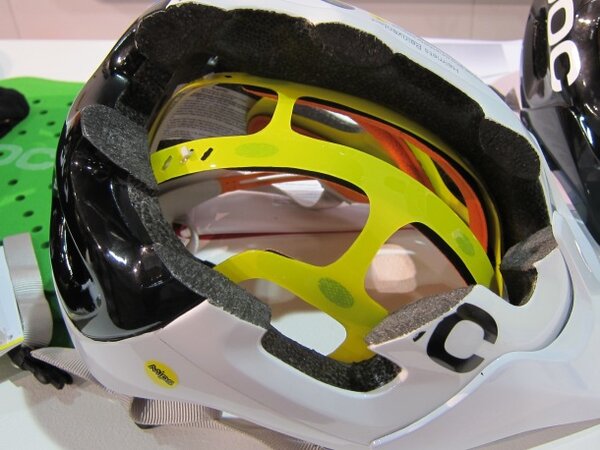Chopper the ex Copper
Alpinestars Fan
Then working definition used by the HSE...
Hazard - something which can cause an adverse affect.
Risk - the likelihood that a hazard will cause that adverse affect, together with a measure of the effect.
So Graham enjoying his sunny day bimble on the river bank may be less hazardous, but should a pretty lady/flasher/duck distract him and he falls then the risk is the same.
It's very dull, so probably best read it for yourself, but it can be seen that the phenomenon of probability Graham was referring to is indeed likelihood, not risk.
http://www.hse.gov.uk/risk/theory/alarpglance.htm
Hazard - something which can cause an adverse affect.
Risk - the likelihood that a hazard will cause that adverse affect, together with a measure of the effect.
So Graham enjoying his sunny day bimble on the river bank may be less hazardous, but should a pretty lady/flasher/duck distract him and he falls then the risk is the same.
It's very dull, so probably best read it for yourself, but it can be seen that the phenomenon of probability Graham was referring to is indeed likelihood, not risk.
http://www.hse.gov.uk/risk/theory/alarpglance.htm


